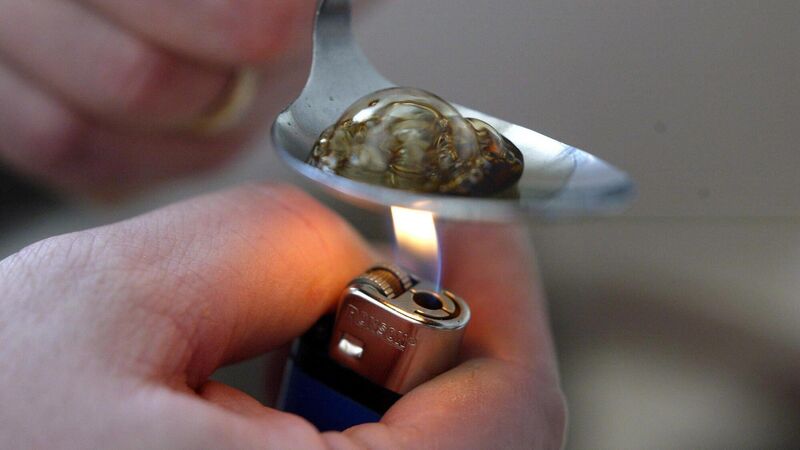Drug dealers 'testing' heroin market with dangerous synthetics

Laboratory tests were able to show nitazenes resulted in 77 overdoses in Dublin and Cork last year.
Health experts believe drug dealers were “testing the market” when they supplied a batch of a highly dangerous synthetic opioid drug into the Dublin and Cork heroin scene, the country’s top addiction expert has said.
Dr Eamon Keenan, HSE clinical lead on addiction, said laboratory tests were able to show the nitazenes which resulted in 77 overdoses in the two cities last November and December were from the “same batch”.









